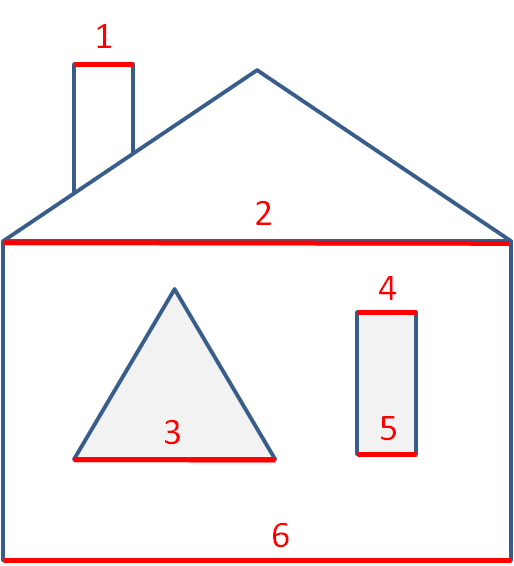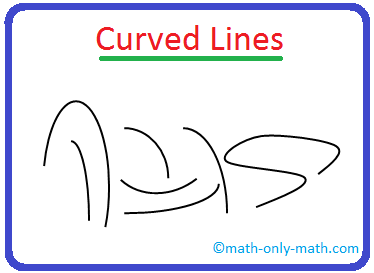

Demonstrates that numbers can be added in any order or multiplied in any order and the answer will be the same.Exampleįraction shown with one number over another with a dividing line, e.g. If the lines are parallel the co-interior angles are supplementary (add up to 180 degrees). When two lines are cut by a third line (transversal) co-interior angles are between the pair of lines on the same side of the transversal. The scores are clustered around the scores 3 and 4. Where most of the scores are grouped in a set of scores. There are many different kinds of clocks, but the two most common are analog with 'hands' for hours, minutes and seconds, and digital, which displays only digits (numbers). ExampleĪn instrument used to keep and display the time.

The boundary line or perimeter of a circle. ExampleĪ line that joins two points on a curve. The point inside the circle which is the same distance from all points on the circumference.

Hair colour (brown, red, black, blonde).Information that can be put into different non-numerical groups. This container holds 2 litres – its capacity is 2 litres.Ī number expressing how many of something exist. ExampleĪ system of organising time into days, weeks, months and years. ExampleĪ diagram that indicates the middle 50% of the scores, with a box with lines (whiskers) drawn to the extremes (end scores). Multi-attribute blocks and base ten blocks are interchangeable terms. Except for the individual unit blocks, all other blocks are based on tens, hence the reason why they are often referred to as 'base ten blocks'. Exampleīlocks used to help children visualise the value of numbers. The side of a 2D shape or face of a 3D object that is considered on the bottom of that shape. Bar chart and column graph are interchangeable terms. the mean = (1 + 2 + 3 + 4 + 5 + 5 + 6 + 9 + 10) ÷ 9Ī graph in which the information is summarised into columns for easy comparison.The average (mean) is represented by the symbol x.įor the scores 1, 2, 3, 4, 5, 5, 6, 9, and 10:.Average and mean are often used as interchangeable terms.It is called a measure of central tendency.The average of a set of scores is the total of the scores divided by the number of scores.A 2D shape can have more than one attribute. The attributes of a 2D shape are its size or shape. ExampleĪ rectangular diagram divided into rows (horizontal) and columns (vertical). The area of this rectangle is 2 × 4 = 8 square units. The amount of surface inside a closed flat (2D) shape. The highest point or vertex in a plane shape, polyhedron or geometric solid. The measure of turn between two straight lines that meet.Ī protractor is used to measure an angle. ExamplesĪ clock with a face and two rotating hands – the minute hand (long) and the hour hand (short) – also sometimes another hand for seconds. If the two lines are parallel, the alternate angles are equal. When two lines are cut by a third line (transversal) alternate angles are between the pair of lines on the outside of the transversal. ExampleĪ step-by-step method for solving problems in mathematics.

#Draw a vertical line in math illustrations plus
The process of combining collections of objects into a larger collection.Īdd, addition, plus and sum are related terms.


 0 kommentar(er)
0 kommentar(er)
